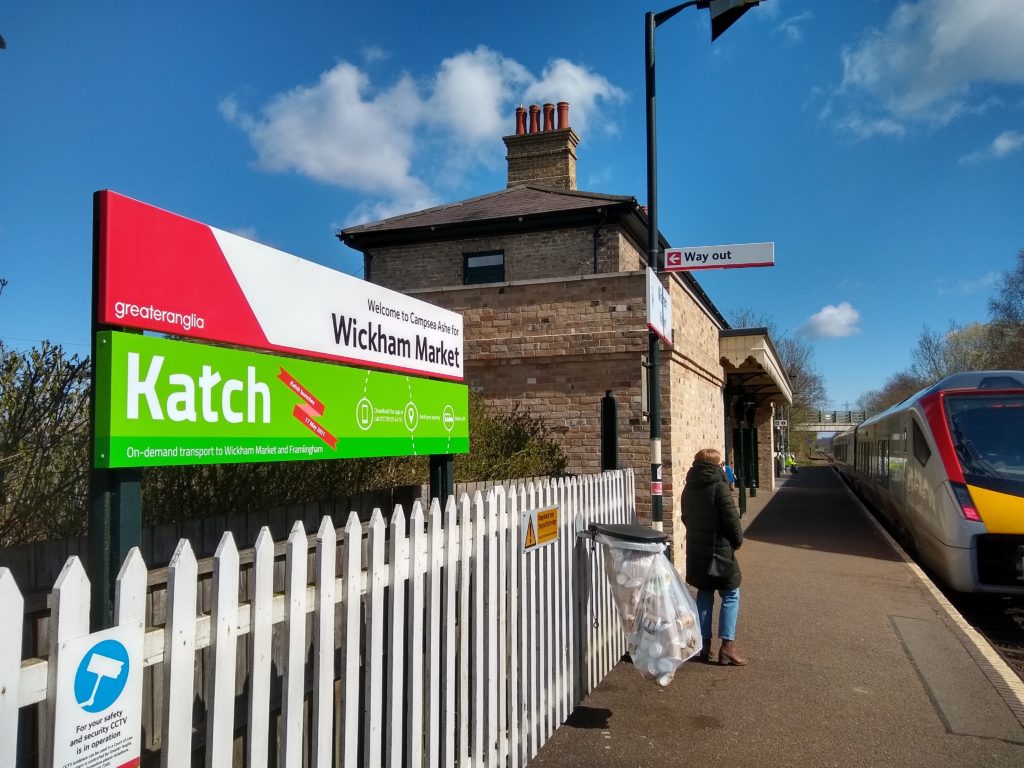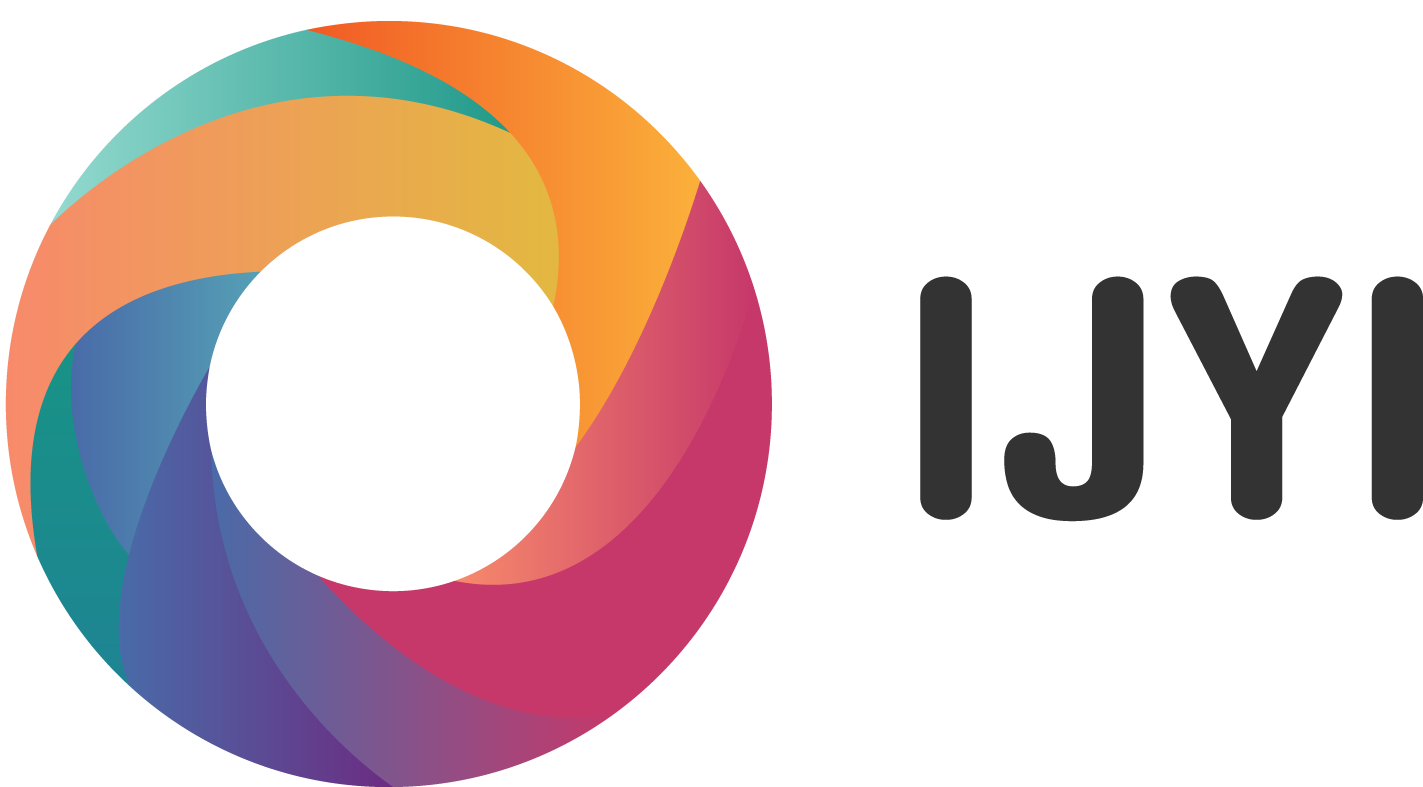
There are a number of challenges they face:
- Low population: Rural areas often have a lower population density compared to urban areas, which can make it financially challenging to provide public transport services.
- Road infrastructure: Rural areas often have less developed road networks and other related transport infrastructure, which can make it difficult for public transport vehicles to reach or connect certain areas.
- Lack of funding: Public transport services in rural areas may have difficulty securing funding from government and other sources, which can limit their ability to expand and improve their services.
- Service hours: Rural public transport services may have limited operating hours due to low demand or financial constraints.
- Other public transport options: Rural areas may only have a few types of public transport available, such as buses or trains, which can limit the flexibility of the service.
Many countries and local areas have invested in what is known as Demand Responsive Transport (DRT) as part of the solution to these challenges.
Demand Responsive Transport
Demand responsive transport (DRT) is a type of public transportation that, as the name suggests, provides on-demand services to users, based on their needs and preferences. Unlike traditional public transportation systems, DRT services are not always based on fixed schedules or routes, but instead, they respond dynamically to user demand. DRT services can be provided by a variety of vehicles, including minibuses, taxis, or even ride-hailing services.
DRT services are designed to provide a flexible and convenient transportation option for users, especially those who live in areas where traditional public transportation services are not available or are not well-suited to their needs. They can also be a cost-effective solution for local governments that do not have the resources or infrastructure to provide conventional public transportation services. In many cases, DRT services can be tailored to the specific needs of a particular community, such as providing transportation to remote rural areas or providing services for people with disabilities. They are often used to connect isolated areas to common destinations; hospitals, train stations, bus interchanges, education, shops, etc.
DRT services can also be more efficient than traditional public transportation services, as they do not have to follow fixed routes or schedules, and can take the most direct path to the user's destination. Another key aim of DRT services is integration with other forms of transportation, such as traditional public transportation or bike-sharing services. For example, a user might use a DRT service to get to a bus or train station, and then continue their journey using traditional public transportation. This integration can make it easier for users to get to their destinations and can reduce the number of vehicles on the road, which can help to reduce traffic congestion and air pollution.
DRT services also offer a number of benefits for local communities. By providing flexible and convenient transportation options, DRT services can help to improve access to essential services, such as healthcare and education, and can also support local economic development. DRT services can also provide employment opportunities, as drivers and other personnel are needed to operate and maintain the vehicles.
Despite these advantages, there are also some challenges associated with DRT services. One of the biggest challenges is ensuring that the services are accessible to all members of the community, including people with disabilities, the elderly, and those who live in rural areas. In some cases, DRT services may be more expensive than traditional public transportation services, which can make them less accessible to low-income users.
Another challenge is ensuring that DRT services are safe and secure for users. This can include ensuring that vehicles are properly maintained, that drivers are properly trained, and that appropriate safety measures are in place, such as seat belts and GPS tracking. Additionally, there may be concerns about the privacy of users, as their personal information is collected and stored by the transportation provider.
In conclusion, demand responsive transport services offer a flexible and convenient transportation option for users, and can provide a cost-effective solution for local governments. However, ensuring that these services are accessible and safe for all members of the community, and addressing concerns about privacy, will be critical to the success of DRT services.
DRT in Suffolk
The East Suffolk Community Partnership Transport and Travel (ESCPT&T) Task Group have conducted an extensive project of research identifying transport needs and opportunities across East Suffolk. This project found that demand responsive bus services could be a solution to rural transport issues and social isolation, due to the cost-effective way they can be delivered compared to public services.
Transport operators are less likely to bid to operate in rural areas of Suffolk, presenting an issue where it is becoming increasingly difficult to provide a cost-effective bus service in these areas. Many services run empty on these routes for a significant percentage of the day.
There are already pilot schemes of DRT operating within Suffolk and the learnings from these pilot schemes highlighted that customers utilise mobile applications for booking, as around 50% of bookings for the service come via the app. There is also an indication that younger people are more likely to book via an app, and perhaps see a community transport service working “for them” if it is more digitally minded.
Surveys have been conducted to support the development of demand responsive services in two locations and each survey highlighted there was a demand for application booking and cashless payments.
As DRT services are provided in partnership with a range of transport operators a barrier to entry (both provider and customer) is the inconsistent functionality of the searching, booking, paying and accessing the DRT service when it is provided by the operator.
The task group engaged IJYI to run an Inception Workshop (see HERE) for the task group to explore the part technology plays and the feasibility of a single local authority provided application service. The output is now informing the onward business case for further investment.





About the author
IJYI Ltd
IJYI Ltd.